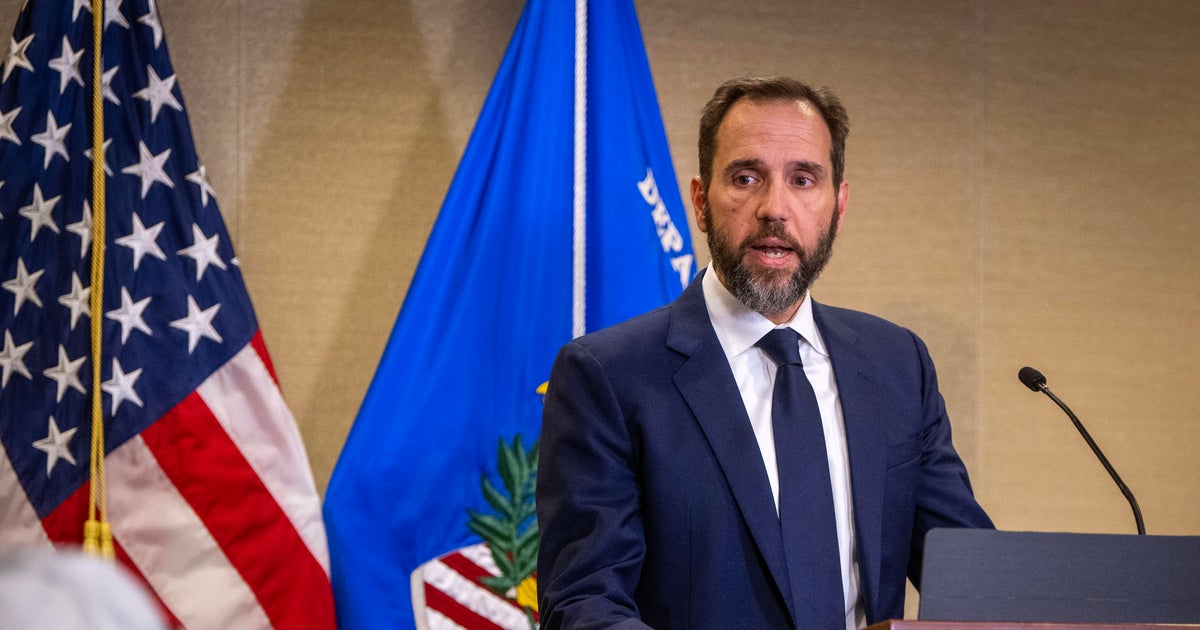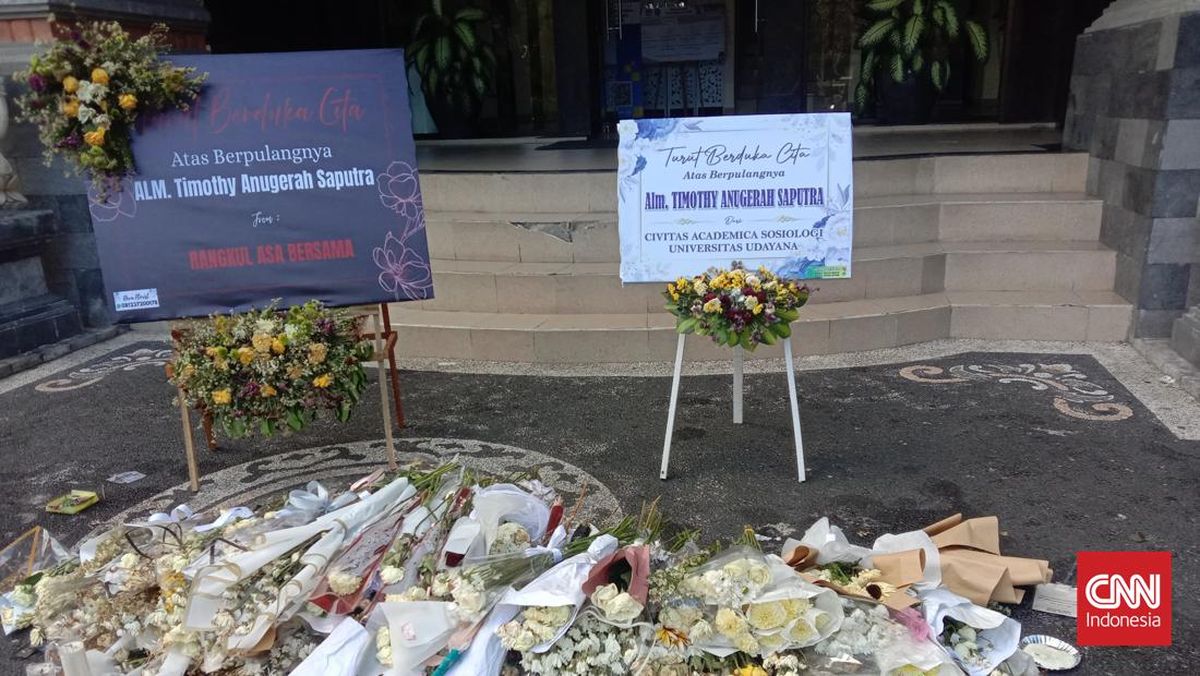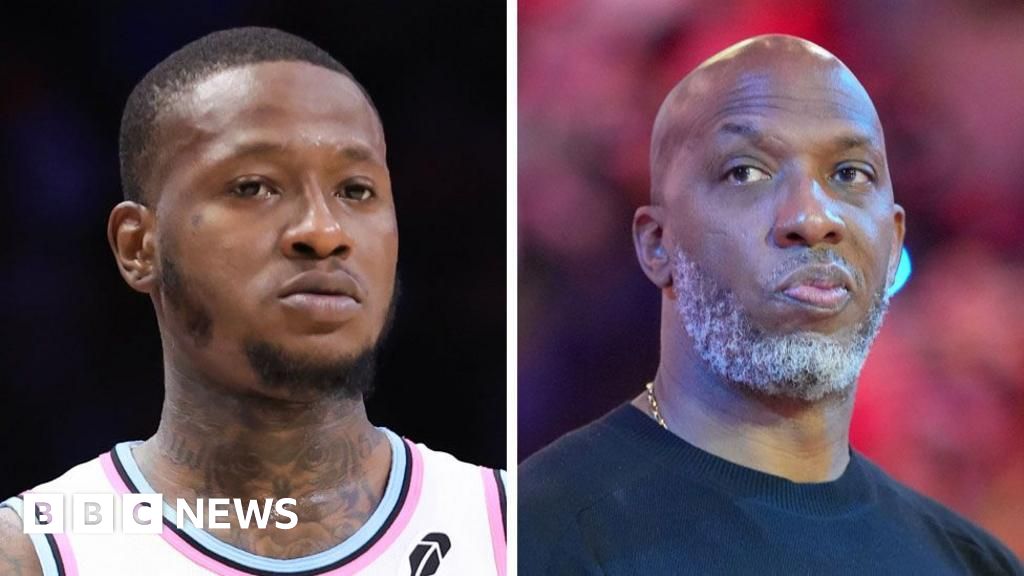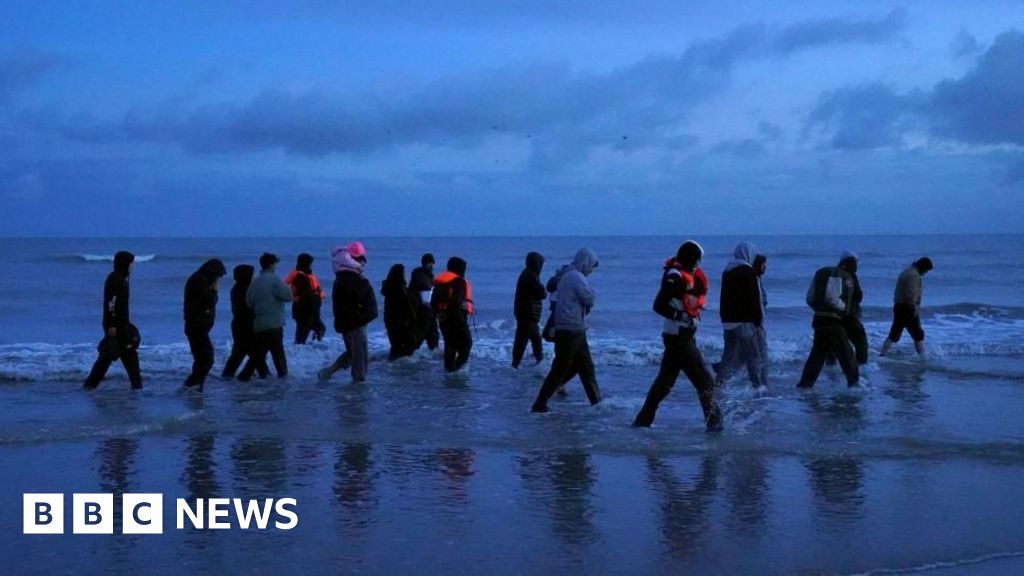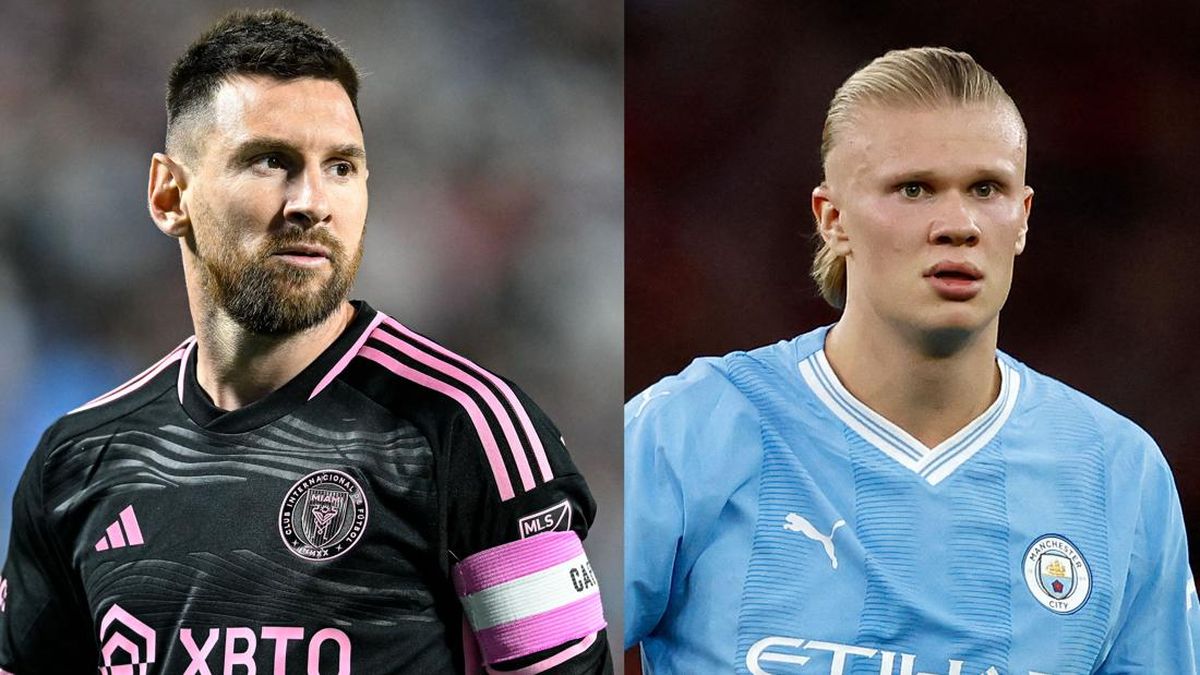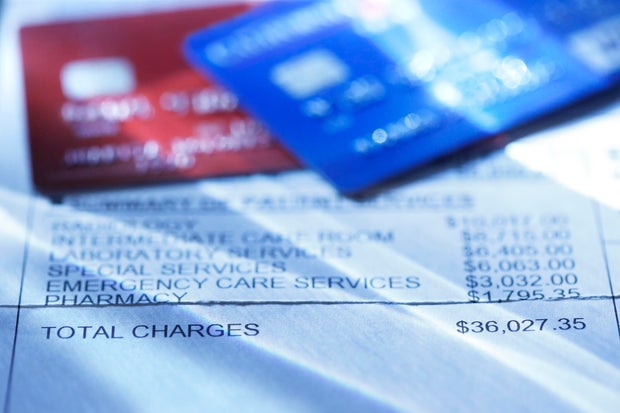 Getting rid of a massive credit card balance requires an aggressive strategy and a clear commitment to the process.
DNY59/Getty Images
Getting rid of a massive credit card balance requires an aggressive strategy and a clear commitment to the process.
DNY59/Getty Images
The average borrower is currently carrying about $8,000 in credit card debt, but for many card users, that amount is sitting far higher right now. After all, a significant portion of card users have been forced to turn to this type of short-term borrowing to help make ends meet in the inflationary environment we've been facing. And, between today's record-high credit card rates, the compounding interest charges tied to this type of debt and the many other economic issues that are looming, this environment hasn't been particularly conducive to keeping your finances on track.
But what if you're staring down $30,000 in credit card debt? That type of balance is incredibly serious for most borrowers, and if you're at that point, you're almost certainly feeling the weight of the interest charges as they eat away at every payment you make. For example, when calculating at today's average 22% credit card APR, the math gets brutal fast. If you're making just the minimum payments on $30,000 of debt, it could take decades to pay off and cost you tens of thousands of dollars in interest.
Here's the thing, though: Paying off that amount of credit card debt in just one year is possible. However, it requires either an extremely aggressive financial strategy or an approach that goes beyond the traditional "pay more each month" advice. So, what strategies can you actually use to pay off $30,000 in credit card debt in a year? That's what we'll examine below.
Learn how the right debt relief strategy can help you get your finances back on track.
How can you pay off $30,000 of credit card debt in one year?
Paying off $30,000 in credit card debt within 12 months means you need to come up with at least $2,500 per month, plus interest, to get the job done. For most people, that's simply not feasible through income alone. Luckily, there are several strategies — some conventional, some more aggressive — that can help you eliminate this debt burden in a year or sooner. Here's what to consider:
By settling it for less
Debt settlement, also commonly referred to as debt forgiveness, involves negotiating with your creditors to accept less than what you owe, which can result in reducing your balance by 30% to 50% or more. If you can settle $30,000 for $15,000 and make a lump-sum payment or come to an agreement to pay it off over several months, you could be debt-free within the year.
The catch? Your credit score will take a significant hit, you may face tax consequences on forgiven debt and you'll need either savings or the ability to save aggressively while letting accounts go delinquent so you have enough in hand to settle your debts. That's why this option generally works best if you're already behind on payments and can't see a path forward with traditional repayment.
Compare your debt relief options and chat with an expert now.
By wiping out interest with a balance transfer
If your credit is still decent despite your high balances, transferring your debt to a card offering 0% APR for 12 to 21 months eliminates the interest from the equation. You'd still need to pay exactly $2,500 per month to clear that $30,000 balance in a year, but every dollar goes to principal.
The challenge? Most balance transfer cards have credit limits that won't accommodate $30,000, so you may have to move your balances to multiple cards offering a promotional 0% rate. You'll also pay a 3% to 5% transfer fee each time you transfer over a balance and require strong enough credit to qualify. So, you might need to get creative here or combine this with other strategies to make it work.
By consolidating it
Trading your credit card debt for a personal or debt consolidation loan with a lower interest rate than your credit cards can make the math work in your favor. If you qualify for a loan at 10% to 12% APR instead of the 20% to 25% (or higher) that you're paying on your credit cards, you'll save substantially on interest while making fixed monthly payments.
For example, a $30,000 loan at 11% APR paid over 12 months means you'd have payments of about $2,651 per month. That's still an aggressive payoff plan, but more of your money goes toward the principal, and your credit card accounts get paid off immediately, so they'll stop accruing compounded interest.
By filing for bankruptcy
Filing for Chapter 7 bankruptcy can eliminate credit card debt in full within a few months, meaning that you could be out of debt well before a full year is over. It's the nuclear option with serious long-term credit consequences, but if you're drowning in rapidly growing card balances with no realistic way to repay and your creditors are threatening lawsuits, it might be the fresh start you need.
You can also pursue Chapter 13 bankruptcy, which creates a multi-year repayment plan for a portion of what you owe. While this extends the timeline beyond one year, it provides legal protection from creditors and may be more realistic than trying to scrape together $2,500-plus monthly on a tight budget.
The bottom line
Paying off $30,000 in credit card debt within one year is an extreme financial challenge that most people cannot accomplish through budgeting and regular income alone. Your best path depends entirely on your specific situation, including your income, credit score, assets and how behind you might already be on payments. For some, aggressive repayment or balance transfers make sense. For others facing true financial hardship, debt settlement or bankruptcy might be the more honest answer. Whatever route you choose, though, be sure to take action now rather than letting interest charges dig the hole even deeper, making it harder to get out of.
Edited by Matt Richardson




